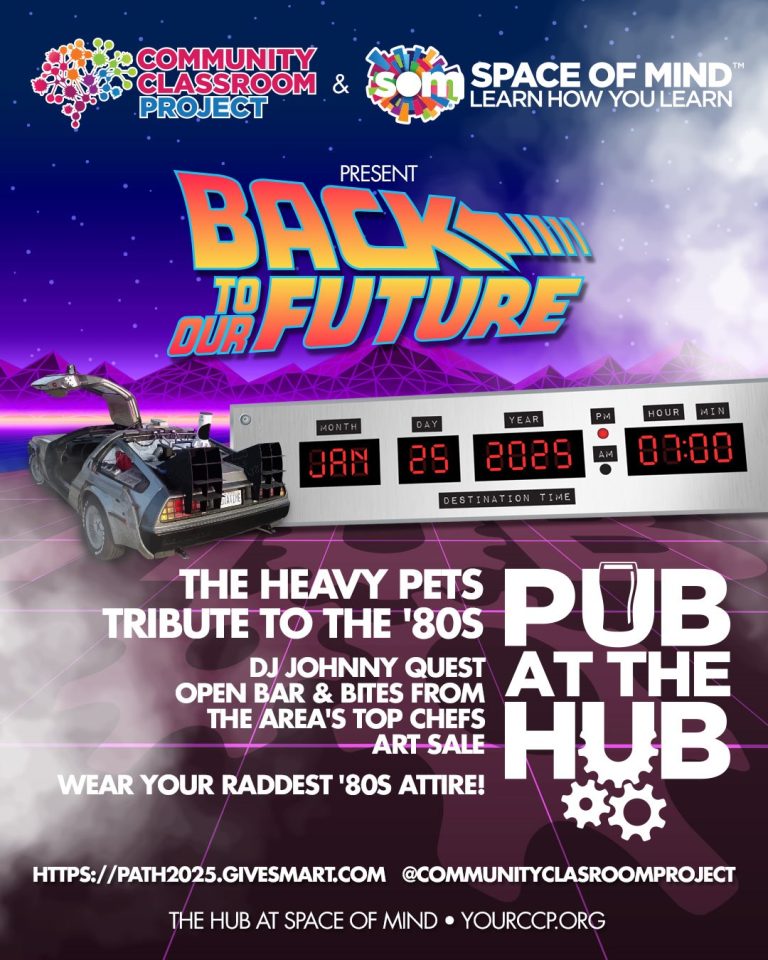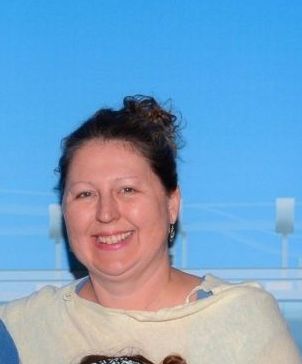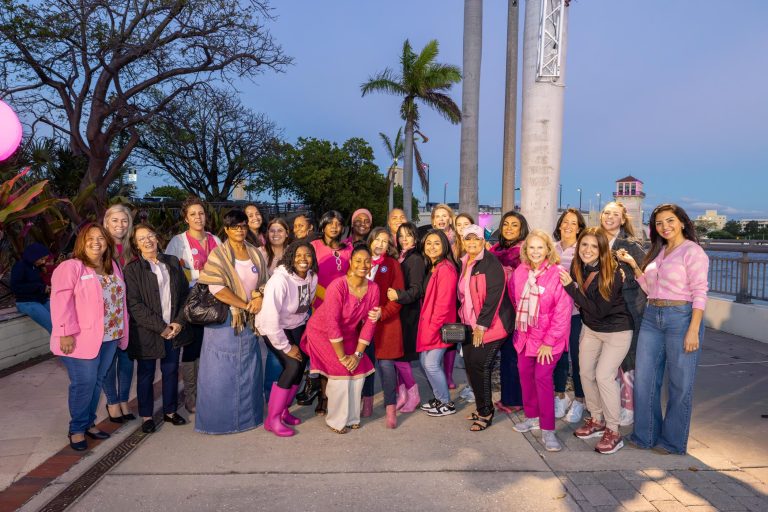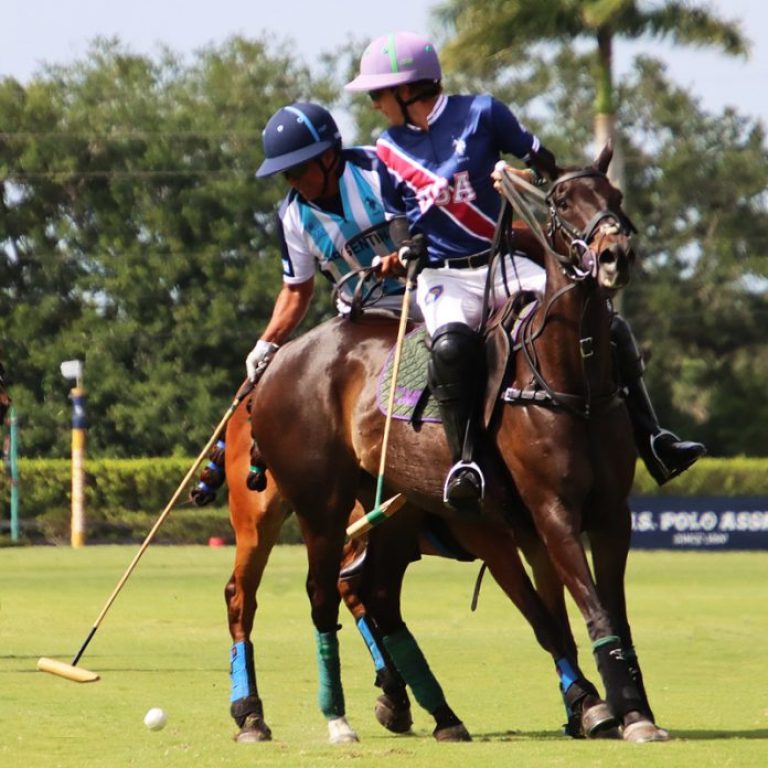
The Heavy Pets to Perform Rare Tribute to the ‘80s Set
Saturday, January 25th in Downtown Delray Beach
What: Get ready to time-travel back to the raddest decade ever! Community Classroom Project’s (CCP) annual Pub at the Hub is returning with an ’80s-themed bash called “Back to Our Future” on Saturday, January 25th. Held at The Hub at Space of Mind, this event will teleport you straight to the ’80s—complete with a DeLorean onsite for photo opps.
The Heavy Pets will perform a rare tribute set to the ‘80s—covering everything from Bowie and Prince to Madonna and Tears for Fears. Between sets, DJ Johnny Quest will keep the golden days of MTV-inspired tracks going. And since there’s no rule against dancing, you’re encouraged to get Footloose and show off your best moves.
The Hub at Space of Mind will be decked out in a neon explosion with Insta-worthy themed rooms, interactive entertainment, an art sale featuring works from both professional and student artists, a mystery auction, and plenty of 80s pop culture and memorabilia!
Top area chefs will be serving up ’80s-inspired bites like mini sausage sammies in tribute to Abe Froman, the “Sausage King of Chicago,” a Dirty Dancing watermelon salad, the “Marty McFLYBIRD” chicken fried rice, slices of Mystic Pizza and a Baby Ruth dessert bar. You can also grab a bag of classic ’80s candies like Nerds, Fun Dip and Pop Rocks to go.
Guaranteed to take you back to the simpler days of Rubik Cubes and Walkmans, this is everyone’s favorite party of the year! Limited to just 250 guests, it’ll feel like you’ve stumbled into the best Sixteen Candles meets Risky Business house party of 1985. Tickets and sponsorships are on sale now!
Listen to The Heavy Pets Tribute to the ‘80s HERE
Participating Restaurants + Beverages:
Blake Malatesta, The Wine Room Kitchen & Bar
Jimmy Everett, Driftwood
Daniel Dore, DADA
Katt Dreyfuss, The Butcher & The Bar
Deb Dickinson, Space of Mind/Community Classroom Project
Eric Lamb, Windy City Pizza
Michael Salmon, Flybird
Nicolas Eddy, Florida Fresh
Aaron Schiffman, Delray Beach Pizza
Bounce Sports Bar
Don Arepa
Red Pine
Golden Goat Caviar
Munyon’s Paw Paw
Old School Bakery
For sponsorship, please email [email protected] or view options at: https://PATH2025.givesmart.com
When:
Saturday, January 25th at 7pm
Where:
The Hub at Space of Mind
101 NW 1st Ave., Delray Beach, FL 33444
Valet parking available
Tickets:
Starting at $150
https://PATH2025.givesmart.com
www.yourccp.org | Facebook | @communityclassroomproject
About Community Classroom Project: The Community Classroom Project (CCP) is an innovative 501(c)3 nonprofit launched by Space of Mind. CCP bridges the gap between students, parents, educators, schools, mental health providers, and the community, providing experiential learning, educational resources, entrepreneurship opportunities, and scholarships. Their goal is to rethink education and reduce school-related stress. Their Community Classroom Kitchen (CCK) project is on a mission to enhance mental and physical health for families in South Florida through the art of cooking and communal dining. It starts by training a passionate and skilled culinary workforce for the restaurant industry.
About Space of Mind: Launched in 2004, Space of Mind was founded by Ali Kaufman as a private coaching company. In 2011, SOM moved into the historic Clarke House (circa 1896) in Downtown Delray Beach and it has since evolved into a dynamic social homeschool program offering flexible education solutions for students and families.
About The Hub at Space of Mind: Funded in part by the Community Classroom Project, The Hub is a multifaceted space in Delray Beach, housing CCP’s headquarters, resource center, studios, an entrepreneurship incubator, commissary kitchen, community theater and more. The Hub also offers community programming, event rentals, and meeting spaces for local businesses and organizations.



















